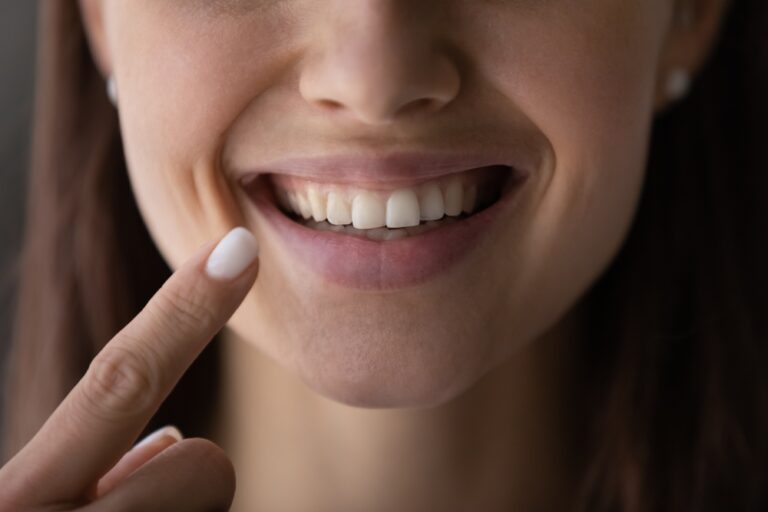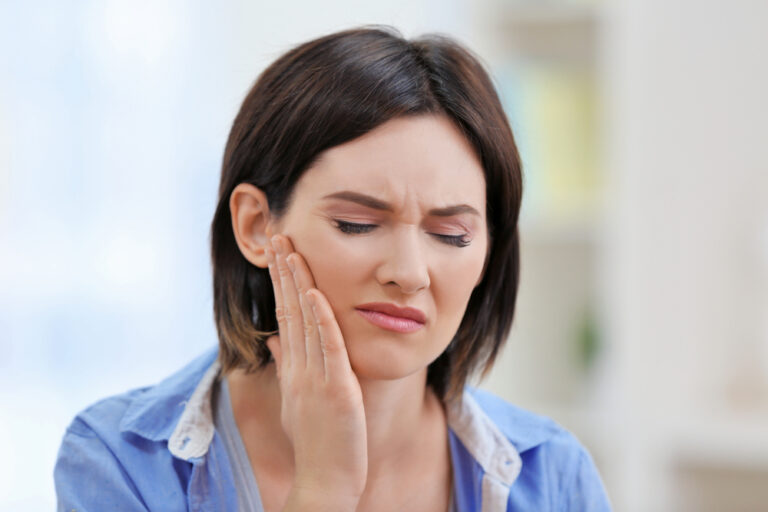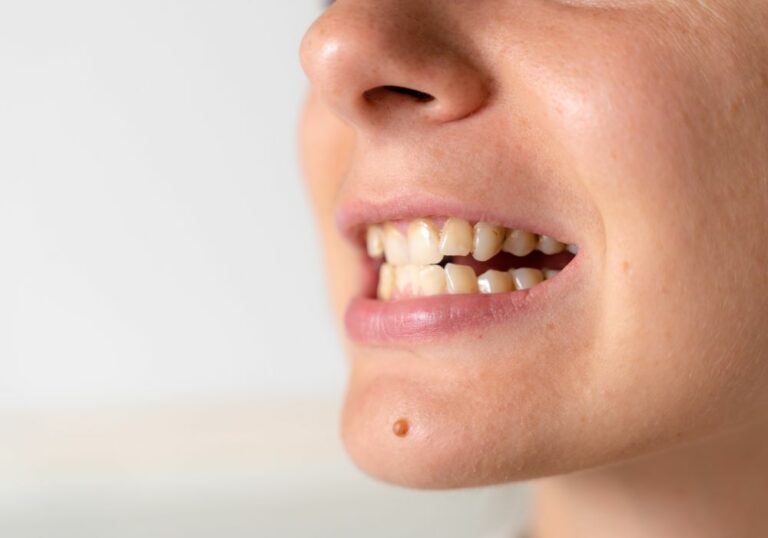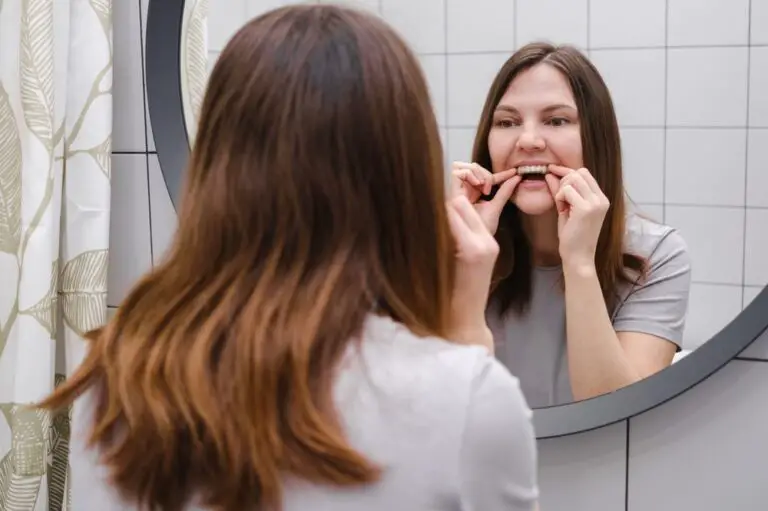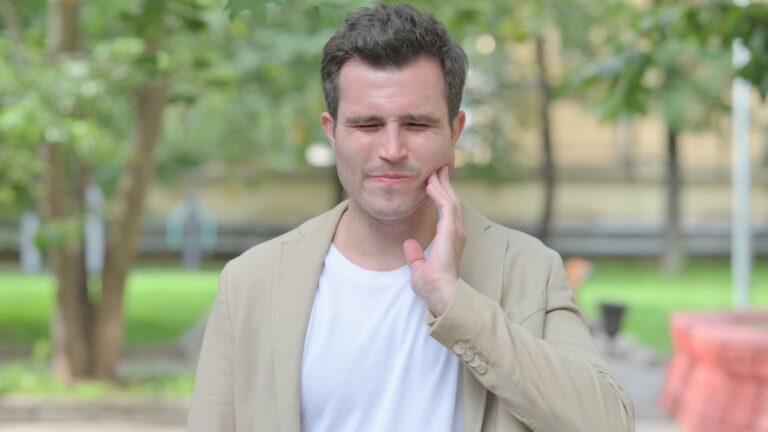A Closer Look at Tooth Development in Young Children
The loss of baby teeth and eruption of permanent teeth is an important milestone for young children that parents often have many questions about. A key developmental event is that first wiggly tooth that finally falls out, usually around age 6 or 7. But some kids may lose their first tooth a little sooner around 4 or 5 years old. This raises the question – can a 4 year old actually get an adult permanent tooth coming in already? Let’s take a comprehensive look at the process of tooth development in children to understand what’s going on.
Primary Dentition: Baby Teeth
Humans are actually born toothless. The first set of baby or deciduous teeth are called primary dentition. These 20 smaller teeth start to erupt through the gums around 6 months of age, with the bottom front incisors emerging first. By age 3, toddlers have a full set of 10 primary teeth in each jaw, for a total of 20 teeth.
The primary teeth include:
- Central incisors – The two middle front teeth on top and bottom (4 total)
- Lateral incisors – The teeth immediately adjacent to the central incisors (2 on top, 2 on bottom)
- Canines (cuspids) – The pointed teeth next to the lateral incisors (2 on top, 2 on bottom)
- First molars – The wider teeth towards the back behind the canines (2 on top, 2 on bottom)
- Second molars – The last teeth further back on each side (2 on top, 2 on bottom)
These primary teeth are smaller in size and whiter in color than permanent adult teeth. The primary teeth help children chew and bite solid foods. They also hold space for the larger permanent teeth developing under the gums. Proper development of primary teeth enables children to speak clearly as well.
Around age 4, the full set of primary teeth should be present. Parents sometimes worry if they see a tooth missing around this age. But brief gaps are normal as the jaw grows and teeth shift position. As long as the full set has erupted by age 4, there is no concern. However, if teeth are congenitally missing or lost prematurely, a pediatric dental evaluation is a good idea.
Permanent Teeth Form Under the Gums
The next set of teeth called permanent or secondary dentition start forming while the primary teeth are growing in. Permanent teeth develop from tooth buds under the gums. The first tooth buds appear around 4-5 months gestation.
Tooth buds contain the early structures that eventually form the crown and roots of permanent teeth. Hard mineralized tissues slowly develop around these buds to form the enamel and dentin. This process occurs gradually over years.
The first permanent molars begin mineralizing around birth at the far back of the jaws. The incisors and canines start calcifying around 6 months old. The premolars develop about a year later around age 1.
By the time a child is 4 years old, the crowns of most permanent teeth have mineralized, while the roots continue forming. But the permanent teeth stay nestled in the jaw bone under the gums until closer to age 6. The eruption is delayed to allow jaw growth and maturation.
The Sequence of Tooth Eruption
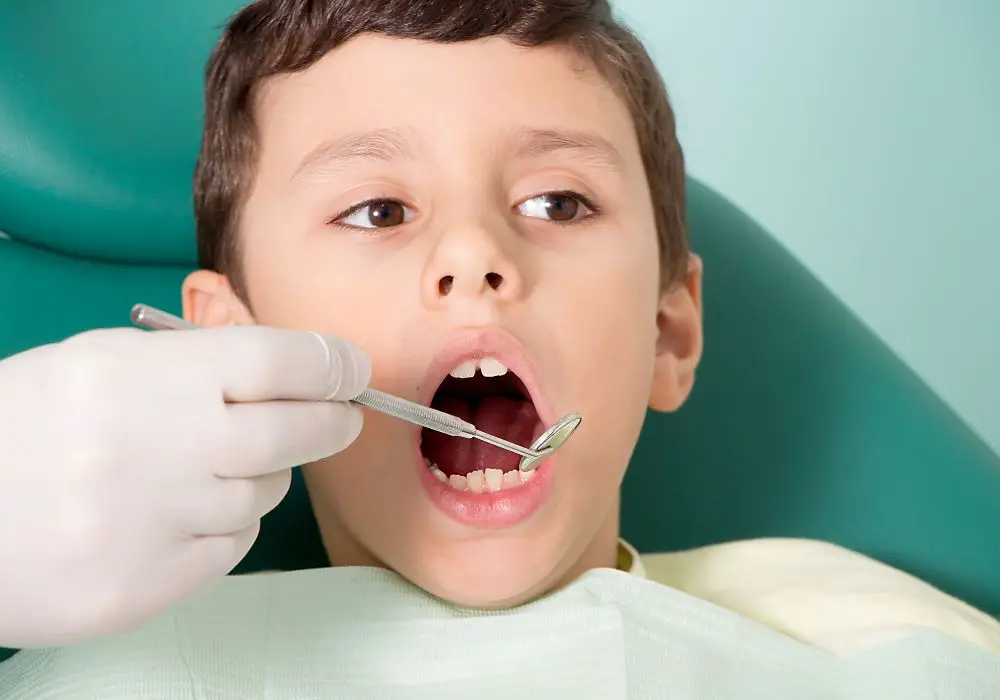
There is a predictable pattern to how teeth emerge through the gums:
Age 0-6 months
- The 2 bottom central incisors break through first around 6 months old. These are the two bottom middle front teeth.
6-12 months
- The 4 upper central and lateral incisors erupt next around 8-12 months old.
- Followed by the 2 lower lateral incisors adjacent to the bottom central incisors around 10-16 months.
12-18 months
- Between 12-18 months, the remaining 4 incisors (top and bottom) continue erupting.
13-19 months
- The first primary molars come in behind the bottom lateral incisors around 13-19 months, followed by the top first molars.
16-23 months
- The lower and upper canines emerge next around 16-23 months.
17-23 months
- The last primary teeth to erupt are the second molars which emerge on the sides around 17-23 months of age.
- By age 3, toddlers usually have the full set of 20 primary teeth present.
6-7 years
- Around age 6 or 7, the first permanent molars erupt all the way in the back behind the second primary molars. This is often when parents first notice permanent teeth coming in.
7-8 years
- Next the lower and upper central incisors push through around age 7, followed by the lateral incisors around age 8.
9-12 years
- Between ages 9-12, the canines, premolars, and permanent second molars all being to slowly replace the primary teeth.
12-14 years
- By around ages 12-14, all primary teeth have usually fallen out. The full set of 32 permanent teeth is present, except for the third molars or wisdom teeth.
This eruption sequence varies slightly between children but generally follows this timeline. Understanding these patterns helps parents know what to expect with their child’s dental development.
Can Permanent Teeth Erupt at Age 4?
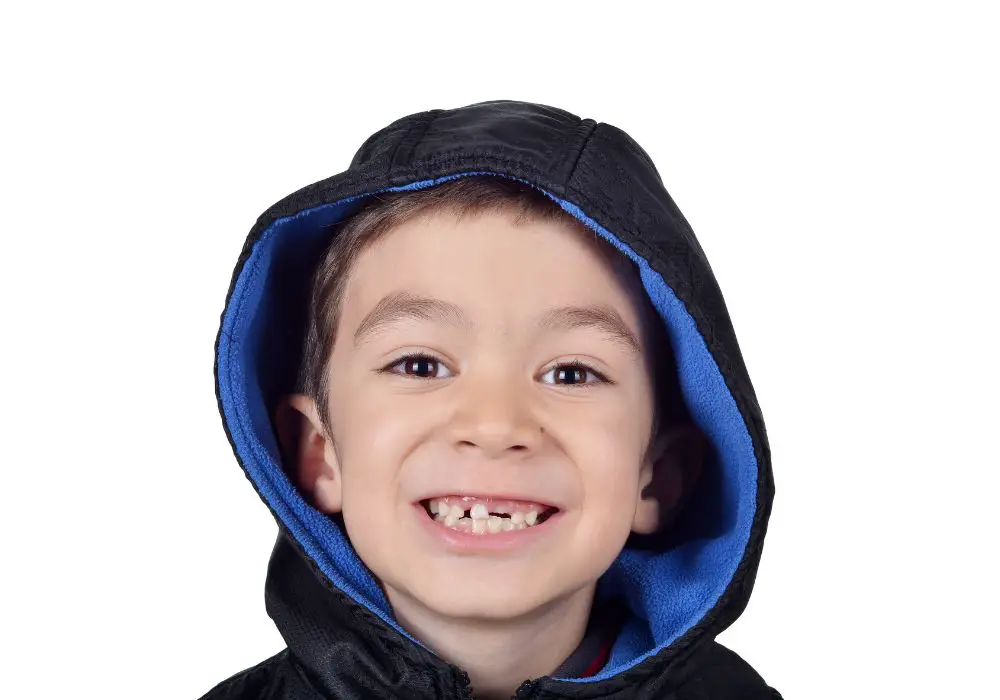
Now back to the original question – is it possible for permanent teeth to already erupt at age 4? The answer is generally no, but there are a few scenarios where a 4 year old might get one or two permanent teeth earlier than average:
Slightly Early Dental Development
While rare, some children may show slightly accelerated dental development. The permanent first molars might erupt a little earlier around age 5 instead of age 6. Or the lower central incisors may emerge by 5 years old.
If a 4 year old gets one permanent first molar or one permanent incisor, this indicates the teeth are developing only slightly faster than average. The rest of the permanent teeth will likely emerge on a normal schedule. One or two teeth erupting earlier is not a major concern.
Truly Accelerated Dental Development
In uncommon cases, a child may have advanced dental maturation with multiple permanent teeth emerging earlier. If 3 or more permanent teeth erupt in a 4 or 5 year old, this signifies truly accelerated development. The permanent teeth are calcifying and erupting more rapidly than expected.
For example, a 4 year old may get both first permanent molars and a lower incisor. Or the first molars, incisors, and a canine or premolar all emerge before age 6. This accelerated eruption pattern warrants an evaluation by a pediatric dentist. X-rays can check which permanent teeth may emerge sooner than normal.
The dentist will monitor for potential issues like crowding and occlusion problems as more permanent teeth come in early. Early diagnosis and orthodontic treatment can help guide proper tooth alignment and spacing.
Early Loss of Primary Teeth
Premature loss of multiple primary teeth may also lead to earlier permanent tooth eruption in some cases.
Normally the roots of primary teeth start resorbing around age 4, and teeth loosen and fall out around age 6-7. But extensive decay, infections, or injuries can damage primary teeth earlier and cause early loss between ages 2-4.
Missing primary molars or incisors means less resistance for the permanent tooth buds underneath. The erupting permanent teeth no longer have to push out the primary teeth first. So permanent molars or incisors may emerge slightly sooner around age 4-5 if the primary predecessors are already lost due to these dental issues.
Trauma to the Jaw
Dental injuries that fracture or displace developing permanent teeth can also lead to early eruption. Trauma from accidents, fights, or sports impacts can fracture roots of primary teeth. This might knock loose the permanent teeth sitting below them, allowing eruption through the opening.
If a 4 year old suffers a significant jaw injury, the dentist should evaluate for damage to erupting permanent teeth using x-rays. Knocked out or broken permanent teeth may start pushing through the gums earlier if the overlying tissue is damaged.
Signs of Early Permanent Teeth
If a permanent tooth starts erupting sooner in a 4 or 5 year old, some signs may be noticed. Contact your pediatric dentist if your child has:
- Red, swollen, or bleeding gums – Teeth cutting through can inflame the gingiva
- Loose primary tooth – May be displaced by erupting permanent tooth
- Unexplained toothache – Permanent teeth can cause discomfort before visible
- Difficulty chewing or biting – New teeth alter the bite
- Fussy behavior, trouble sleeping – Tooth eruption pains
Your dentist can visually inspect for permanent teeth coming in early. Radiographs will show developing teeth under the gums. Any permanent teeth visible require diligent care to prevent cavities or injury in younger kids.
Caring for Early Permanent Teeth

If a 4 year old does get one or more permanent teeth ahead of schedule, be sure to protect and care for them:
- Brush diligently – Meticulous brushing is vital, as is limiting sugary foods and beverages. The enamel of new permanent teeth is not fully mature and is very vulnerability to decay.
- Begin flossing – Flossing must be started once contacts form between adjacent teeth to clean plaque from tight areas. Parents will need to floss for the child daily.
- Dental checkups – Seeing a pediatric dentist every 3-6 months is crucial to prevent cavities and spot any alignment problems. Cleanings remove buildup off new permanent teeth.
- Mouthguard use – A custom mouthguard should be worn for sports to protect erupting permanent teeth from trauma. Young children are prone to oral injuries.
- Avoid thumb-sucking – Thumb or finger-sucking with permanent front teeth can result in crossbite or overbite. Stop this habit as soon as permanent teeth erupt.
With diligent oral hygiene and dental monitoring, early permanent teeth can remain healthy. But they require vigilant care as soon as they emerge.
When Early Eruption Necessitates Evaluation
Some scenarios warrant prompt dental evaluation if your 4 year old has:
- Loosening or loss of more than one primary tooth without clear cause
- Fractured or displaced permanent tooth from injury
- Unusual dental pain, swelling, or bleeding
- Multiple permanent teeth erupting before age 5
- Difficulty eating or sleeping due to eruption pain
Premature loss of multiple primary teeth or eruption of several permanent teeth before age 6 may indicate a developmental problem or rare genetic disorder. Severe damage or fractures to erupting permanent teeth also requires immediate treatment. Seek help sooner rather than later in concerning cases of early tooth eruption.
Frequently Asked Questions
At what age should a child get their first permanent tooth?
Most children get their first permanent molars around age 6. In rare cases, the first permanent tooth (often a molar or incisor) may erupt as early as age 4 or 5 if development is accelerated.
Is it normal for a 4 year old to have a permanent tooth coming in?
No, it is very uncommon. One or two permanent teeth erupting by age 4 is not normal. The exception is if a child loses multiple primary teeth early due to decay or injury, which might trigger slightly faster eruption of successors.
Should I be concerned if my 5 year old child has permanent teeth already?
Slightly early eruption of a first permanent molar or incisor around age 5 is not necessarily alarming and may just indicate faster dental development. But consult a dentist if your 5 year old has 3 or more permanent teeth come in, as this is considered true accelerated eruption.
What are signs of permanent teeth coming in early?
Red, irritated gums, unexplained fussiness or tooth pain, loose primary teeth, or visible permanent teeth cutting through the gums can all be signs of early permanent tooth eruption in a young child. Examine their mouth and see a dentist if concerned.
What should I do if my 4 year old knocks out a permanent tooth?
It’s rare for an erupted permanent tooth to be lost at this young age. But if your child suffers trauma causing a permanent tooth to be knocked out below the gums, get emergency dental treatment promptly. The tooth may be able to be replanted if cared for quickly.
In summary
Permanent teeth developing by age 4 is common, but actual eruption through the gums before age 5 is unusual. See a pediatric dentist promptly for evaluation of any concerning dental issues in a 4 year old, like premature loss of multiple primary teeth. With good care, early permanent teeth can remain healthy.

